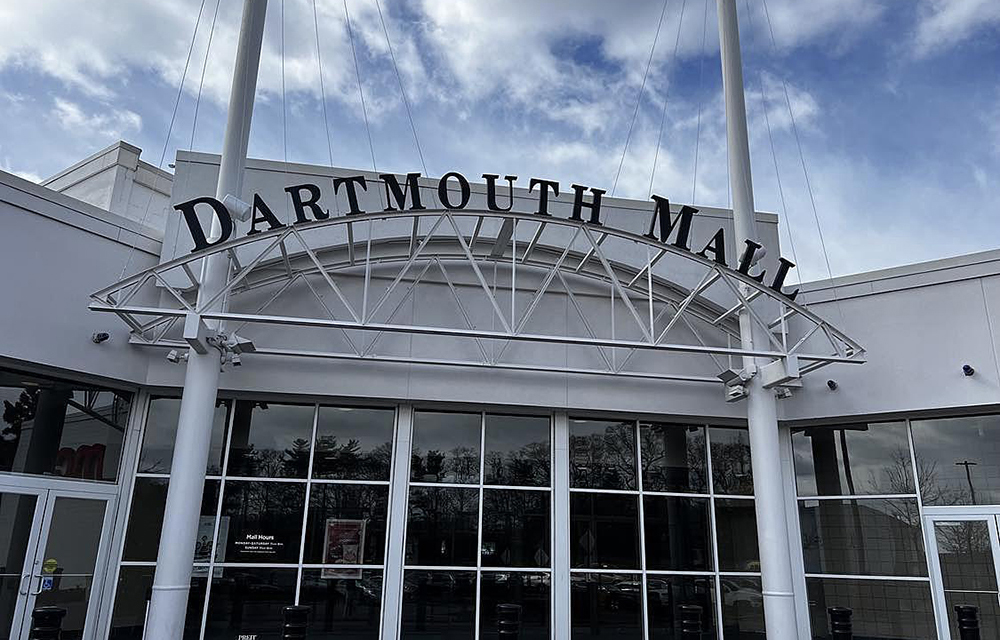News: Owners Developers & Managers
Posted: October 1, 2008
Recent legislation supports greater use of energy efficient lighting
Last December, President Bush officially signed the "Energy Independence and Security Act of 2007" into law at a ceremony at the Department of Energy. Among other measures, the act set aggressive new energy efficiency standards for most of the more than 4 billion screw-based lights being used in consumer and commercial applications in the U.S. Supporting similar legislation enacted in countries around the world, the act will effectively ban many of the most popular but highly-inefficient incandescent lamp wattages (with exemptions for certain specialty lamps) in the coming years and require their change-out to those light sources which meet the new efficiency standards - a pool of products currently comprised of compact fluorescent bulbs (CFLs), high-efficiency halogen bulbs, and light emitting diodes (LEDs). The phase-out of inefficient incandescent lamps is scheduled to begin on January 1st, 2012 and be complete by January 1st, 2014.
The passing of the "Energy Independence and Security Act of 2007" serves as yet another example of the federal government's acceptance of the inherent inefficiency of many of our existing electrical products and the great impact that lighting upgrades in particular can have on reducing energy consumption and greenhouse gas emissions. While they have represented a pleasing and familiar light source since their invention over 128 years ago, incandescent light bulbs are actually extremely inefficient, emitting some 95% of the energy they use in the form of heat and only 5% in the form of light. In contrast, CFLs, which have evolved significantly since their introduction in the 1980s, deliver an equivalent light output to incandescent bulbs but require a whopping 75% less energy consumption; as another option, new energy-efficient halogen bulbs perform in a fashion similar to their incandescent counterparts but deliver 30% or greater energy savings compared to traditional incandescent bulbs. These products are readily available in the marketplace today and serve as outstanding energy-efficient alternatives to traditional incandescent lighting.
But the "Energy Independence and Security Act of 2007" is not alone....this sweeping legislation joins the previously-enacted 2005 Energy Policy Act in reflecting the nation's recent embracement of energy-efficient initiatives and the need to alter the way residents and commercial businesses approach their operations and consume energy. In addition to setting a host of new product efficiency standards and supporting enhancements to the nation's electric grid and generating infrastructure, EPAct 2005 offers commercial buildings unprecedented new Federally-sponsored financial incentives rewarding the use of energy-efficient lighting, HVAC, and other high-efficiency building envelope technologies in both qualifying new installation as well as retrofit applications.
Against a backdrop of rising energy costs and economic instability, the market has finally embraced lighting upgrades for their ability to significantly reduce energy consumption and operating expenses. Thanks to a host of exciting new energy-efficient lighting products available for users in all applications, favorable energy-related legislation such as the aforementioned, and a growing groundswell of support for green products and practices by lighting users nationwide, the landscape has never been more positive for our environment or our nation's global competitiveness. There has never been a better time for your business to investigate its lighting upgrade opportunities and help to drive a more energy-efficient future for generations to come!
Susan Bloom is director of corporate communications for Philips Lighting & Advance.
MORE FROM Owners Developers & Managers
PREIT to add new retail and dining options at Dartmouth Mall - Boot Barn, Lock Room by Lids, and more
Dartmouth, MA According to PREIT, Dartmouth Mall, the dominant enclosed retail destination in Southeastern Mass., will welcome the region’s first Boot Barn this fall. The nearly 15,000 s/f western and work wear retailer

Quick Hits
Columns and Thought Leadership

Recently passed legislation creates opportunities to meet CT’s changing energy needs - by Klein and Feinn
For decades, New England has had a summer-peaking power system, where the greatest energy use occurs on the hottest and most humid days, due to widespread use of air conditioning. But by the mid-2030s, electrification of the heating sector likely will result in a winter peak that’s higher than the summer peak.

IREM President’s Message: Fostering community connections during the holiday season
The holidays are again taking center stage, and with them comes an opportunity for multifamily communities to connect with the businesses and organizations in their cities and towns, fostering a sense of unity and generosity during this giving season

Selecting the right façade installation firm - by Steven Powell
As the owner of a major new property being developed, or an existing large building preparing for major renovation, you want your design and construction team to have the right experience, capabilities, and expertise to match the project demands. A critical member of this team will be the façade installation specialty firm, since the quality of this installation will impact

.png)





.png)
